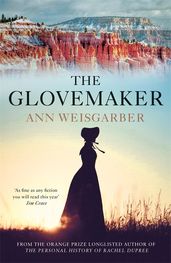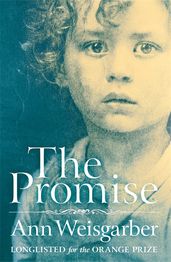The Personal History of Rachel DuPree
Synopsis
Short-listed for the Orange Award for New Writers & long-listed for the Orange Prize
It is 1917 in the South Dakota Badlands, and summer has been hard. Fourteen years have passed since Rachel and Isaac DuPree left Chicago to stake a claim in this unforgiving land. Isaac, a former Buffalo Soldier, is fiercely proud: black families are rare in the West, and black ranchers even rarer.
But it hasn’t rained in months, the cattle bellow with thirst, and supplies are dwindling. Pregnant, and struggling to feed her family, Rachel is isolated by more than just geography. She is determined to give her surviving children the life they deserve, but she knows that her husband will never leave his ranch.
Moving and majestic, The Personal History of Rachel DuPree is an unforgettable novel about love and loyalty, homeland and belonging. Above all, it is the story of one woman’s courage in the face of the most punishing adversity.


